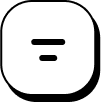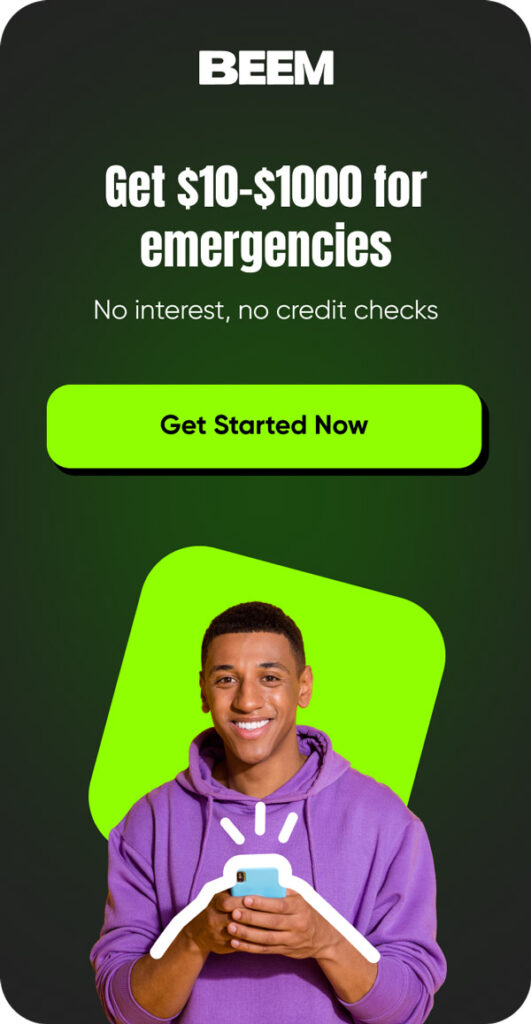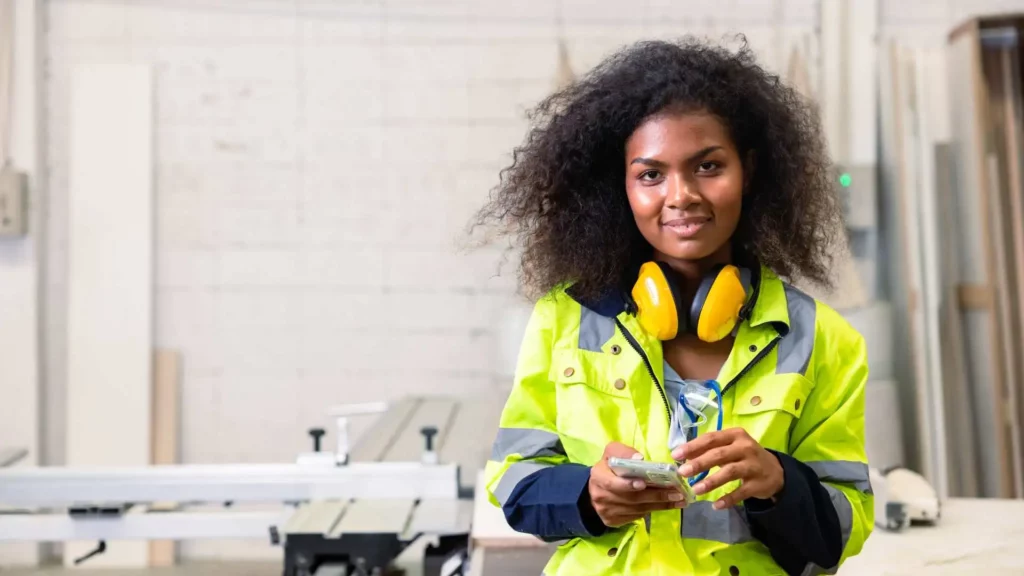The digital design landscape in 2025 is more competitive, complex, and opportunity-rich than ever before. As organizations double down on digital products and user experience, there’s a growing need for leaders who can bridge the gap between design execution and business strategy. If you’re a UX/UI designer with a passion for impact, now is the time to chart your path toward product design leadership. This guide explores the skills, mindset, and strategic steps you need to evolve from designer to leader-backed by industry research and real-world advice.
Why Make the Leap? The Need for Product Design Leaders
Product design leaders are in high demand across industries. Companies realize that great design isn’t just about aesthetics or usability-it’s about driving business value, customer loyalty, and innovation. As a product design leader, you’ll:
- Define and communicate a compelling design vision
- Align design with business and user goals
- Mentor and grow design talent
- Build and scale design systems and processes
- Foster a culture of collaboration and continuous improvement
The leap from UX/UI designer to product design leader is about multiplying your impact. You shift from “doing the work” to “enabling great work” across teams, influencing not just the pixels but the product’s direction and success.
What Does a Product Design Leader Actually Do?
A product design leader-whether titled Head of Product Design, Product Design Manager, or Director of Product Design-wears many hats:
- Vision and Strategy: Set the north star for design and ensure alignment with company goals.
- Team Development: Mentor designers, foster career growth, and build a collaborative culture.
- Design Systems: Create and maintain guidelines for consistency and scalability.
- Cross-Functional Collaboration: Work with product managers, engineers, marketers, and executives.
- User-Centric Focus: Champion research, usability testing, and iteration.
- Stakeholder Advocacy: Present to leadership, advocate for design, and influence company strategy.
This role requires balancing creative vision, business acumen, and strong leadership skills.
The Product Design Career Path
The typical trajectory looks like this:
- Junior Product Designer
- Product Designer
- Senior Product Designer
- Lead Product Designer
- Product Design Manager
- Senior Product Design Manager
- Director of Product Design
- VP of Product Design
- Chief Design Officer
Moving from UX/UI designer to product design leader means progressing through these stages, taking on more responsibility for team leadership, cross-functional influence, and strategic direction as you advance.
Essential Skills for Product Design Leadership
Technical Skills
- UX/UI Mastery: Deep expertise in user-centered design, wireframing, prototyping, and creating visually compelling interfaces.
- Design Tools: Proficiency with Figma, Sketch, Adobe XD, and emerging AI-powered design tools.
- Design Systems: Experience building and maintaining scalable design systems.
- User Research: Ability to plan, conduct, and synthesize user research and usability testing.
- Information Architecture: Organizing content and flows for clarity and usability.
- Coding Knowledge (Optional): Understanding HTML, CSS, and JavaScript can help communicate with developers and understand technical constraints.
Business and Strategic Skills
- Product Thinking: Aligning design with business goals, market trends, and user needs.
- Data-Driven Design: Using analytics tools to inform and validate design decisions.
- Project Management: Managing timelines, budgets, and resources, often with tools like Jira or Monday.com.
- Stakeholder Management: Navigating feedback, aligning priorities, and advocating for design at the leadership level.
Soft Skills
- Leadership: Inspiring, mentoring, and developing design talent.
- Communication: Articulating vision, presenting ideas, and fostering collaboration.
- Collaboration: Building strong relationships with product, engineering, and business teams.
- Problem-Solving: Tackling complex challenges with creativity and empathy.
- Adaptability: Thriving in fast-paced, ambiguous environments and embracing change.
- Time Management: Juggling multiple projects without sacrificing quality.
Step-by-Step: How to Upskill from UX/UI Designer to Product Design Leader
1. Assess Your Current Skills and Identify Gaps
Start by reviewing job descriptions for product design leaders. Compare required skills with your own experience. Identify gaps in technical, business, or leadership areas. Use self-assessment tools or feedback from mentors to clarify your starting point.
2. Deepen Your Design Expertise
- Master advanced UX/UI: Refine skills in prototyping, visual design, and user research. Take advanced courses or seek mentorship from senior designers.
- Build a diverse portfolio: Showcase projects that demonstrate your range-user research, end-to-end design, design systems, and measurable impact. Case studies, especially self-initiated or redesign projects, can help you stand out.
3. Embrace Research and Data
- Conduct user research: Use interviews, surveys, and usability tests to gather insights about your audience.
- Analyze trends: Stay updated on market trends, competitor moves, and emerging technologies using tools like Google Trends and UX Magazine.
- Leverage analytics: Use data to validate design decisions and iterate for better user experiences.
4. Expand Product and Business Strategy Knowledge
- Get involved in product decisions: Volunteer for cross-functional projects, help define product requirements, or join strategy sessions.
- Study product management: Learn how roadmaps are built, goals are set, and success is measured. Books, online courses, and shadowing product managers can help.
5. Develop Leadership and Mentoring Skills
- Mentor junior designers: Offer feedback, run design critiques, and help others grow.
- Lead projects: Take ownership of a design initiative, coordinate with other teams, and drive it to completion.
- Practice giving and receiving feedback: Create a culture of open, constructive critique.
6. Build Communication and Stakeholder Management Skills
- Present your work: Practice explaining design decisions to non-designers, from engineers to executives.
- Facilitate workshops: Run ideation sessions, design sprints, or stakeholder interviews to build consensus and alignment.
7. Learn to Build and Scale Design Systems
- Contribute to or create a design system: Document components, define guidelines, and advocate for consistency.
- Collaborate with engineers: Ensure design systems are implemented and maintained across products.
8. Stay Current and Network
- Follow design trends: Read industry blogs, attend webinars, and join design communities.
- Network with other leaders: Join groups on LinkedIn, attend conferences, and connect with mentors in product design.
9. Pursue Certifications or Further Education (Optional)
- Advanced design courses: Consider programs in product strategy, leadership, or business for designers.
- Project management certifications: Learn Agile, Scrum, or Lean methodologies to better manage teams and projects.
What Does a Product Design Leader Earn in 2025?
Product design leadership roles are well-compensated, reflecting their impact and responsibility. In 2025:
- Product Design Manager: $130,000–$170,000 (U.S. average)
- Head of Product Design: $170,000–$220,000+
- Director of Product Design: $200,000–$250,000+
- VP/Chief Design Officer: $250,000–$400,000+
Salaries vary by company, location, and experience, but the financial upside is significant, especially for those who can drive business outcomes and lead high-performing teams.
Top People to Follow for Inspiration and Upskilling
Staying inspired and learning from the best is crucial for growth. Here are some top product design leaders and communities to follow on LinkedIn, Dribbble, and beyond:
On LinkedIn:
- Julie Zhuo – Former VP of Product Design at Facebook, author of “The Making of a Manager”
- Aarron Walter – VP of Design Education at InVision, author, and design thought leader
- Jared Spool – Founder of UIE, expert in usability and design leadership
- Irene Au – Design Partner at Khosla Ventures, former Head of Design at Google, Yahoo, and Udacity
- Kim Williams – Head of Product Design at Indeed, advocate for inclusive design leadership
- Meng To – Founder of Design+Code, educator and product designer
On Dribbble:
- Dann Petty – Renowned freelance designer and founder of Epicurrence
- Charli Marie – Creative Director at ConvertKit, shares design process and leadership insights
- Pablo Stanley – Co-founder of Blush, known for open-source design resources and playful illustrations
- Bethany Heck – Design Lead at Microsoft, expert in typography and systems
Communities and Groups:
- Design Leadership Forum
- Leading Design
- UXDX Community
- Design Systems Community
- Women in Product Design
Following these voices will give you access to the latest trends, leadership advice, and a network of peers and mentors to support your journey.
Action Plan & Resources
Self-Assessment Checklist
- Do I have a strong portfolio showing end-to-end product design?
- Have I mentored or led other designers?
- Can I communicate and advocate for design with non-design stakeholders?
- Do I understand product strategy and business goals?
- Am I comfortable managing projects and timelines?
- Have I contributed to or built a design system?
Short-Term Goals
- Take an advanced UX/UI or product strategy course
- Lead a cross-functional design project
- Mentor a junior designer or intern
- Present your work to stakeholders or at a design meetup
Long-Term Goals
- Build a portfolio of leadership-focused case studies
- Earn a promotion to lead or manager role
- Attend a design leadership conference
- Join a community of product design leaders
Recommended Resources
- Books: “Inspired” by Marty Cagan, “Creative Confidence” by Tom & David Kelley, “Sprint” by Jake Knapp, “The Design of Everyday Things” by Don Norman
- Communities: Design Leadership Forum, Leading Design, UXDX, LinkedIn groups
- Courses: Coursera, Nielsen Norman Group, IDEO U, General Assembly
Frequently Asked Questions (FAQs)
1. Do I need a design degree to become a product design leader?
A degree helps, but a strong portfolio, leadership experience, and business acumen are more important. Many leaders come from non-traditional backgrounds.
2. How long does it take to move from UX/UI designer to product design leader?
Most leaders have 6–10+ years of experience, but proactive upskilling and leadership can accelerate your path.
3. What’s the difference between a product design manager and a head of product design?
Managers focus on team delivery and process; heads of design set vision, strategy, and drive cross-functional impact.
4. How important is business knowledge for design leaders?
It’s crucial. Leaders must align design with business goals, measure impact, and advocate for design at the executive level.
5. What’s the best way to build leadership skills as a designer?
Mentor others, lead projects, seek feedback, and learn from other leaders through networking and communities.
Conclusion & Next Steps
Transitioning from UX/UI designer to product design leader is a journey of continuous learning, growth, and impact. Focus on deepening your design expertise, building business and leadership skills, and seeking out opportunities to lead and inspire others. Start with small steps-mentor a teammate, lead a project, or present your vision. With dedication and the right roadmap, you’ll be ready to lead the next generation of product design in 2025 and beyond.















































